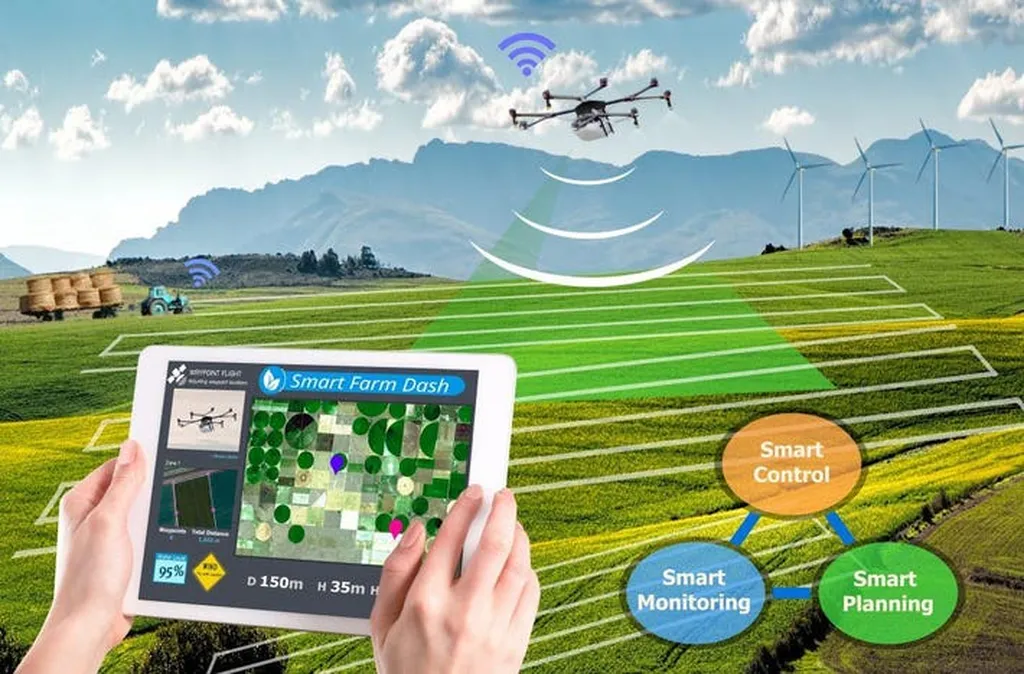In the vast, sun-drenched fields of modern agriculture, a quiet revolution is taking flight. Unmanned aerial vehicles, or UAVs, are swooping in to transform the way we monitor and manage crops, and at the heart of this agricultural evolution are multirotor UAVs. These nimble, versatile drones are becoming the eyes in the sky for farmers, offering a cost-effective and efficient way to gather real-time, high-resolution data. The latest research, published in the journal *Discover Mechanical Engineering* (translated from its original title), sheds light on how these multirotor UAVs are reshaping precision agriculture (PA) and what this means for the future of farming and the energy sector.
Sanket S. Unde, lead author of the study and a researcher at Bharati Vidyapeeth (Deemed to be University) College of Engineering, explains, “Multirotor UAVs equipped with advanced sensors and AI techniques are revolutionizing crop monitoring, disease detection, and resource management. They offer a level of precision and efficiency that was previously unattainable.”
The study highlights several key advantages of multirotor UAVs in precision agriculture. Their maneuverability and stability make them ideal for capturing detailed images and data, which can then be analyzed using artificial intelligence and machine learning algorithms. This enables farmers to make informed decisions about irrigation, fertilization, and pest control, ultimately leading to increased crop yields and reduced environmental impact.
One of the most promising applications of this technology is in crop health monitoring. By regularly surveying fields, multirotor UAVs can detect early signs of disease or nutrient deficiencies, allowing farmers to take timely action. “Early detection is crucial in agriculture,” Unde notes. “It can mean the difference between a bountiful harvest and a significant loss.”
However, the journey towards widespread adoption of multirotor UAVs in agriculture is not without its challenges. Limited flight duration, payload constraints, regulatory issues, and data processing complexities are some of the hurdles that researchers and farmers alike are working to overcome. Yet, the future looks bright. Advancements in battery technology, IoT integration, and UAV swarm operations are paving the way for even more sophisticated and efficient agricultural practices.
The implications of this research extend beyond the fields and into the energy sector. As precision agriculture becomes more prevalent, the demand for energy-efficient and sustainable solutions will grow. This could open up new opportunities for energy companies to develop innovative technologies that support these advancements in farming.
Unde’s research offers a glimpse into a future where technology and agriculture intersect to create a more sustainable and efficient food production system. As we stand on the brink of this new era, one thing is clear: the sky is not the limit, but rather the beginning of a new frontier in precision agriculture.
The study, published in *Discover Mechanical Engineering*, provides a comprehensive overview of the classification, applications, and advantages of multirotor UAVs in precision agriculture. It serves as a guide for future research and a beacon for sustainable agricultural practices, particularly in developing regions. As we look to the future, the integration of multirotor UAVs in precision agriculture holds immense promise, not just for farmers, but for the energy sector and the world at large.

